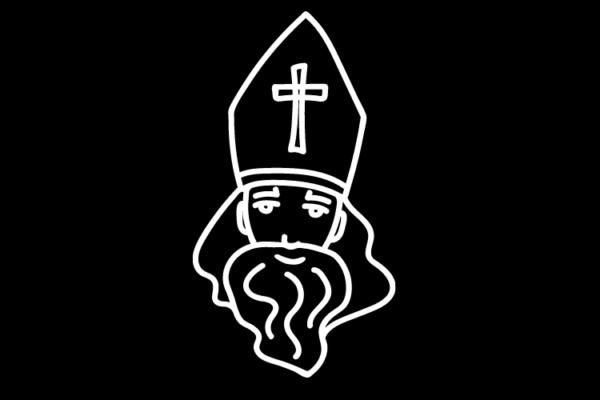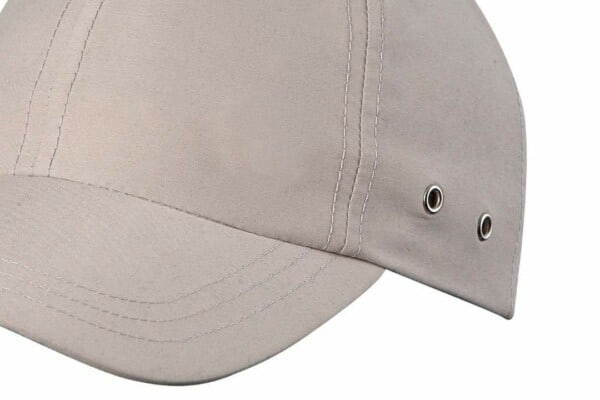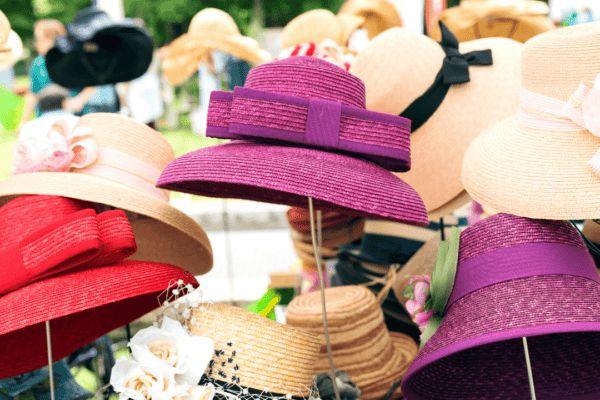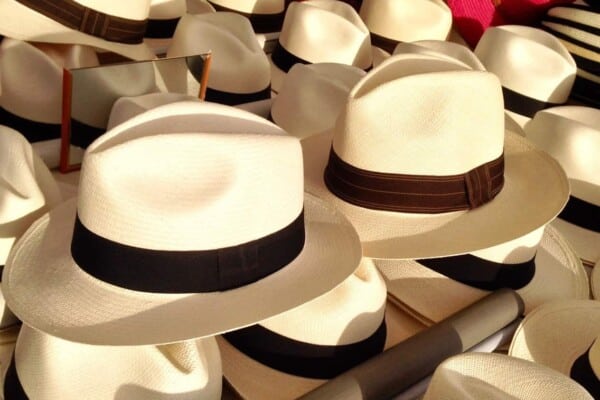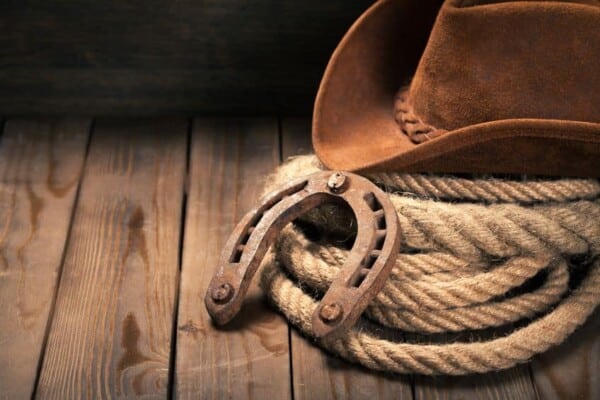Many different materials have been used to craft hats over the years. Beaver fur remains one of the more high-end and expensive materials for hat production.
Hats are still made from beaver pelt today. Several different hat styles are still crafted from the durable and water-resistant beaver pelt, used to make hats since the mid-1800s.
This article will explain the history and primary uses of the beaver pelt as a material. We’ll also look at what other things are made from beaver pelt.
What Is Beaver Pelt?
Pelt is the fur coat of the beaver, and it first began to be used to craft hats in the mid-1800s. To be made useful, the beaver’s coat needs to be cleaned and stretched into a resilient, shapeable material.
A single piece of beaver pelt can be up to two feet in diameter. The resulting beaver pelt is dark brown and can repel and resist water damage.
Since beaver pelt is a highly versatile and durable material, it is often assumed that the pelt retails at a high price. Much like the raccoon pelt, a lot of work goes into prepping the beaver pelt to be sold.
However, a quality piece of beaver pelt retails for just $10 to $15 in today’s market. When the beaver pelt was first sold, however, it retailed for $2, equivalent to $48 in today’s market.
Hats made with beaver pelt in the past went for premium prices, to a greater extent than today.
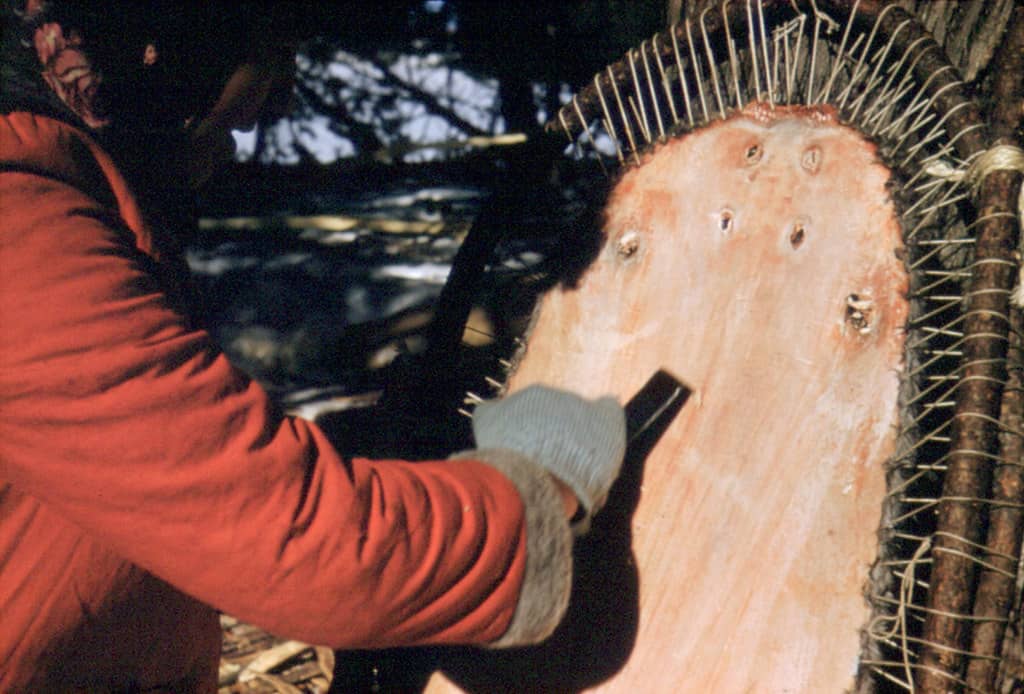
What Is Beaver Pelt Used for Other Than for Making Hats?
Beaver pelt was initially used as a trade unit in North America during the mid-1800s. For example, one could trade about twelve beaver pelts for one fully functioning four-foot-long gun, which would have been considered a fair trade at the time.
Since it was initially used for trading purposes, the beaver pelt was regarded as a form of alternate currency.
What Types of Hats Are Made From Beaver Pelt?
The Beaver pelt is rated on an x-factor scale, which is used to rank the quality of the beaver pelt based on its shape and its density. The lowest ranking pelt would be assigned to a 1 x, while the highest-ranking pelt would be assigned to a 10 x.
Any hat crafted from a beaver pelt that ranks at a 5 x or lower would likely be a lower-grade material with little to no beaver fur remaining on the fabric. The Stetson brand was the first to rank pelts using the X-factor scale.
Today, different types of hats are still crafted from beaver pelt. They include the:
- Cowboy hat
- Beaver hat
- Dauphin
- Continental Tricorne
- Regent
- Clerical
- Naval cocked hat
These are just a few hats crafted from the resilient beaver pelt in both the past and the present. Today, brands such as Stetson, Duluth Trading, and Neiman Marcus still sell hats that were made with beaver pelt.
You might be able to get a brand-name hat from one of these companies for less money due to the quality of the pelt.
You can check out the Stetson Premium Beaver Fur Felt Hat on Amazon.

What Other Materials Are Used To Make Hats?
Other than the beaver pelt, several other materials are often used to create a number of different hat styles. Some of those materials include:
- Cotton: Cotton has been used to craft hats and other accessories and garments for a long time. Cotton hats are naturally hypogenic, which would eliminate the risk of skin irritation.
- Polyester: Another popular hat material is polyester. Which is one of the cheapest materials that hats on today’s market could be made of.
- Wool: Many woven or knitted hats, such as the beanie, is made from wool. Many of the most classic hat styles withstood the test of time.
Final Thoughts
Several new and traditional materials are used to create hats at various price points. The beaver pelt is one example of a hat material that has undoubtedly withstood the test of time.
Due to the durability and water-resistant nature of the beaver pelt, it will continue to be utilized in crafting hats for many years.
Each piece of beaver pelt is ranked according to its durability and the amount of fur that remains attached to the material. The scale organizes different cuts of pelt according to their quality and determines which price point the hats will be sold at.


